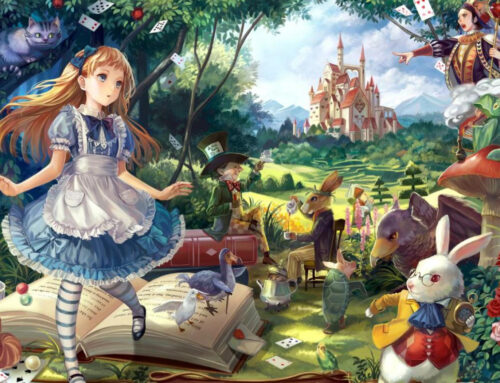Movies are often made with the intention of being thrilling and suspenseful, but the 1981 film “Roar” took this concept to a whole new level. Directed by Noel Marshall, the film was shot in a remote area of Africa with over 150 untrained wild animals, including lions, tigers and jaguars. The result was one of the most dangerous movie productions in history.
Not in the mood to read? Watch the video here.
Looking for some really awesome merchandise? Visit our Red Bubble store.
The idea for “Roar” came to Marshall after he and his family had lived with several big cats as pets. He became fascinated with their behavior and wanted to make a movie that showcased their natural beauty and power. He and his wife, Tippi Hedren, who was also an animal rights activist, began raising lions and tigers on their ranch in California. They soon amassed a collection of over 100 big cats.
Marshall then decided to take his passion project to the next level and shoot the film in Africa with his family and a large group of untrained animals. He rented a 100-acre ranch in the African savannah and began filming without any kind of safety precautions or experienced animal handlers. The cast and crew were all warned about the dangers of working with wild animals, but many of them still suffered injuries during the production.
Hedren, who starred in the film along with her daughter, Melanie Griffith, was one of the most severely injured. During one scene, a lion mauled her, causing her to require over 40 stitches. Griffith also suffered multiple injuries during filming, including a bite from a lion that required plastic surgery.
The production was plagued with other dangerous incidents as well. Cinematographer Jan de Bont was scalped by a lion and required over 200 stitches. Another crew member had his throat torn open by a lion, while others suffered broken bones and deep lacerations.
Despite the many injuries and close calls, the production continued. The filmmakers even went so far as to raise lions and tigers in their own home, allowing them to roam freely around their living room and kitchen.
When “Roar” was finally released in 1981, it was a box office flop, grossing only $2 million against its $17 million budget. Critics panned the film, calling it a “disaster” and “one of the most dangerous movies ever made.”
In the years since its release, “Roar” has gained a cult following and is now considered a bizarre and unique entry in film history. While it may not have been successful at the box office, it will always be remembered as one of the most dangerous movie productions ever undertaken. The lesson learned? When working with wild animals, safety should always come first.
10 Interesting facts about the movie, Roar!
- During filming in 1977, Melanie Griffith was mauled by a lion and required plastic surgery. Griffith reportedly received fifty stitches to her face.
- The lion attacks in Roar (1981) were real.
- Cinematographer Jan de Bont was mauled and scalped by a lion on the set. De Bont required over 120 stitches to sew his scalp back from where a lion had bitten his head. After medical treatment, De Bont actually returned to the production to complete his D.O.P. duties.
- With a budget of around US $17 million, this picture has been described as the most expensive home movie ever made.
- During production, director/star Noel Marshall was attacked and severely injured by one of the lions in the film. He was hospitalized and it took him several years to completely recover from his injuries.
- Melanie Griffith once said of working with lions: “Lions are a really tough act to play with. Not because they are dangerous, but because they are so funny. They upstage you every time. If you are in a shot with a lion you just know everyone is looking at the cat instead of you.”
- Roar (1981), classified as an adventure movie, a thriller, and even a comedy, is not considered a horror movie. However, the making of this film has been labelled as a horror due to the nightmare production shoot which was devastated by bushfire, flood, foreclosure, animal attacks, crew resignations, rain and outbreak of disease.
- Tippi Hedren once said of this movie: “This was probably one of the most dangerous films that Hollywood has ever seen. It’s amazing no one was killed.”
- The unpredictable behaviour of the big cats also contributed to the many delays in filming. Sometimes after spending a number of hours doing camera set-ups, the big cats did nothing whilst sometimes something worth filming would happen so quickly that the production was not ready to film it or the five cameras being used missed the moment.
- Noel Marshall initially and ultimately partially financed this movie from revenue generated from such other pictures as The Harrad Experiment (1973) and The Exorcist (1973).








